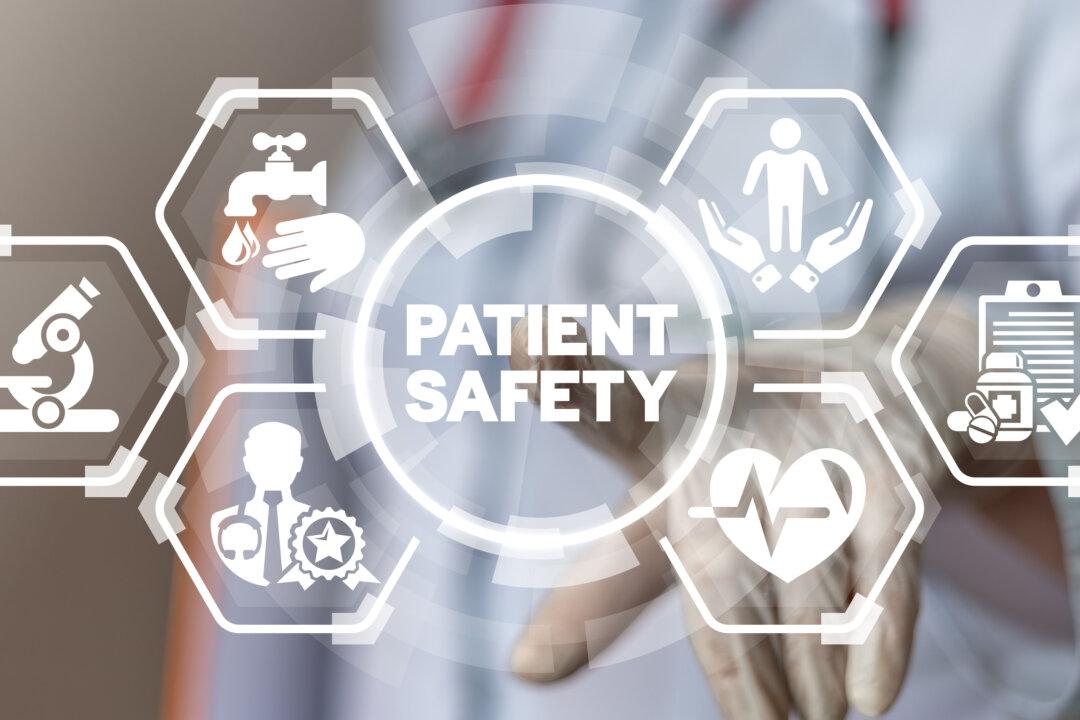Commentary
Health care, the most error-prone, deadliest industry in the world, may also be among the most poorly regulated. To lower the toll, health care’s self-serving regulatory system needs to be scrapped in favor of transparency that exposes harms, eschews coverups, and puts patients first.






